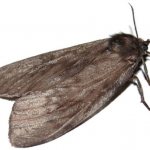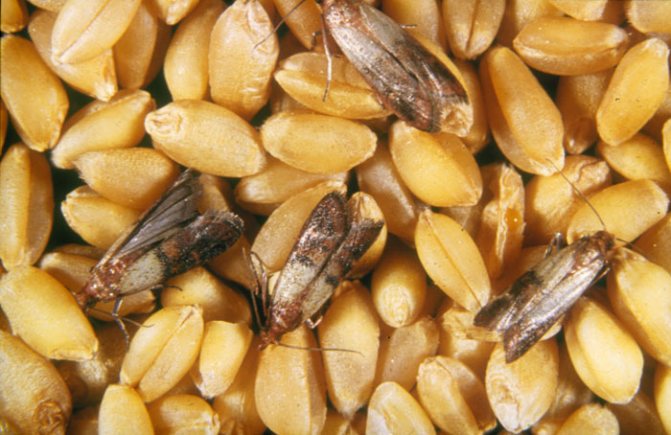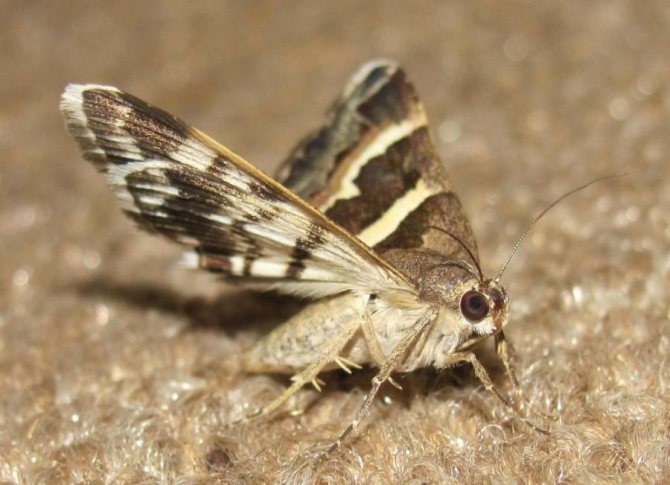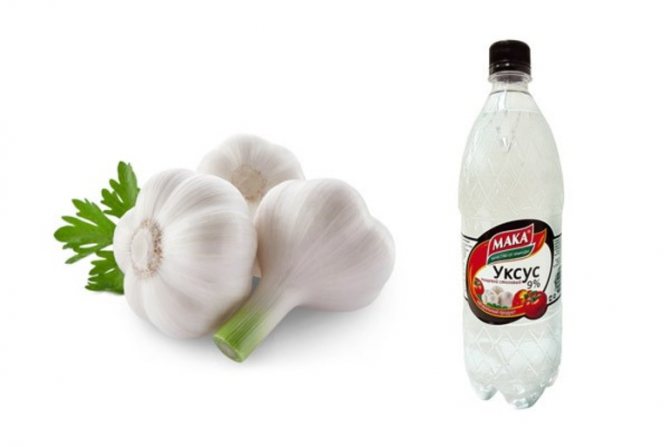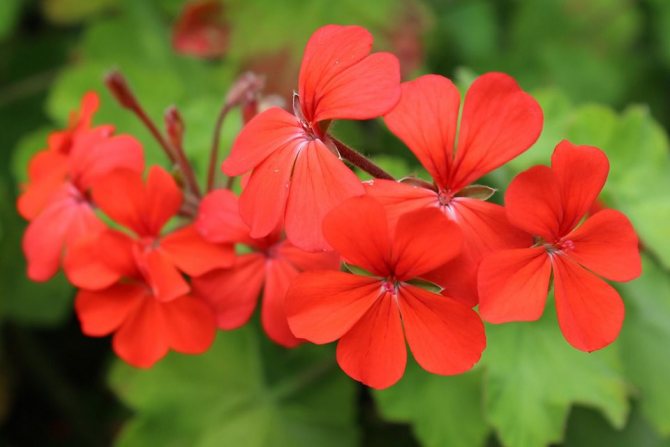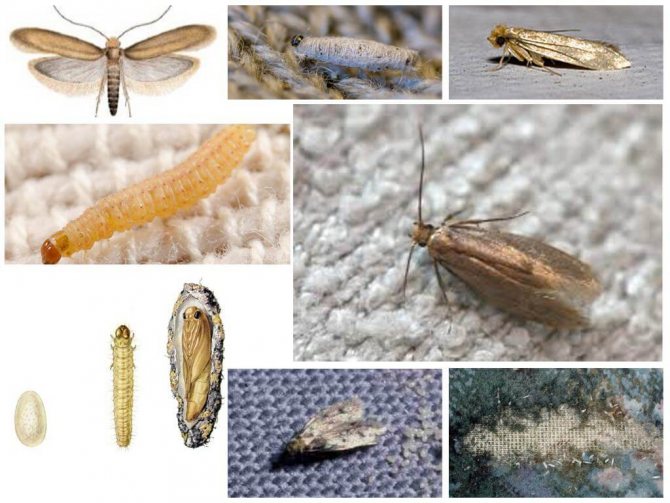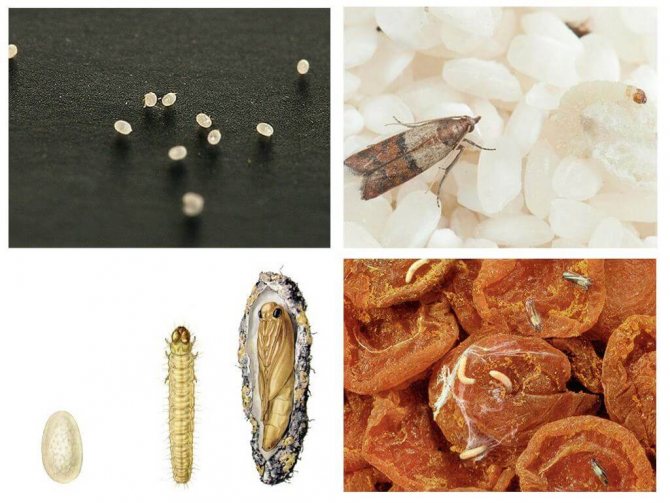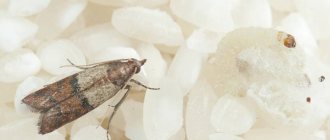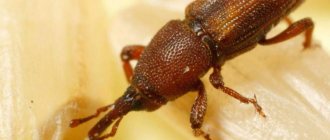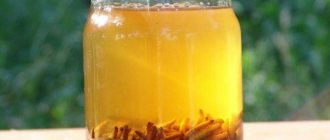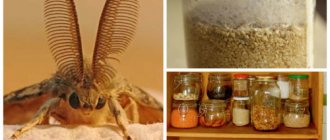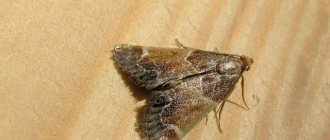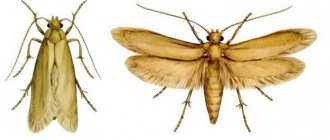Cockroaches and bedbugs have become a rarity in our apartments. Perhaps this is due to the achievements of the chemical industry, and maybe an unfavorable environment for them. But the moth is still a frequent guest of clothes and kitchen cabinets, it continues to spoil woolen things and products with enviable constancy.
To combat it, you don't always want to use store products, especially when there are small children in the house. Let's figure out whether folk remedies for moths are safer and whether they are able to rid the house of these insects.
Moth species
Two types of moths live in a person's clothes: clothes and furniture. Outwardly, they are very similar, but the furniture is slightly larger and darker. The harm they inflict is also the same - in nature, moth larvae feed on animal hair and bird feathers, and in an apartment - woolen clothes, fur coats and carpets, they do not disdain winter footwear.
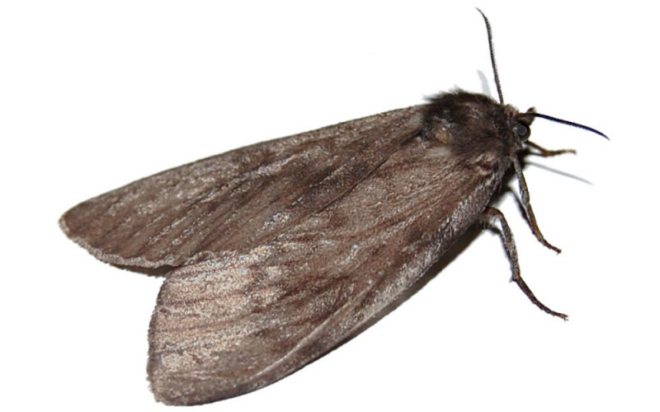
Interestingly, adult insects, small gray-brown butterflies, do no harm. They live only 4-6 days and during this time they do not eat at all, moreover, they have no oral apparatus. Their role is limited to mating and egg-laying. Caterpillars hatch from eggs within 10 days, the main food of which is wool. In a couple of months, they grow from 1 to 10 mm to turn into pupae, and then into butterflies.
Thus, the fight against clothes moths should include not only methods that scare away adult insects, but also get rid of their larvae.
Food moth settles exclusively in the kitchen, in cupboards. Her favorite food is cereals, nuts, dried fruits, flour and products made from it. Strictly speaking, these butterflies have no biological relation to moths; they belong to the moth family. Outwardly, they are very similar - small nondescript butterflies and light caterpillars about a centimeter long.
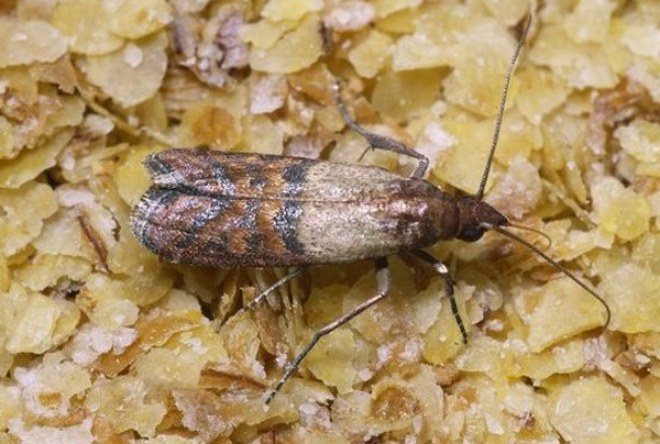

Perhaps the only difference is that the caterpillars of the clothes moth do not build houses for themselves and hardly move, and the food moth create dense lumps of cobwebs and food and live inside them, and before pupation they crawl out and can overcome several meters to find a convenient place.
Does it help
When wondering whether wormwood helps against moths, it is worth knowing how to use it correctly to achieve the desired effect. The plant has silvery twigs with white powder, you can find it in fields and forest edges. When inhaled, the pungent herb odor causes a bitter taste in the mouth.
In addition, if the room is not ventilated after disinfection, headache and dizziness may begin.
The food and food moths do not tolerate the smell of the plant, they quickly leave the place where there are at least a few branches of wormwood. Parasites cease to orient themselves in space and are unable to find a zone for laying eggs in this state.
That is why bundles of grass are placed at home in kitchen and linen cabinets.


Killing moths
Almost all popular methods of fighting moths are aimed at physically destroying its larvae. No grass will help against moths, it can only scare off adult insects, while the caterpillars continue to spoil things. The only exception is dry pharmacy chamomile.
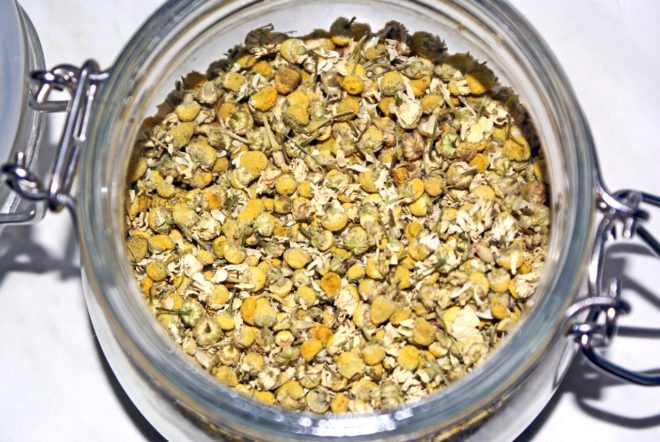

In the composition of this plant, natural permethrins are substances that moths are afraid of, they are deadly for many insects.Permethrins are capable of killing larvae only by direct contact, so clothes should be abundantly sprinkled with chopped chamomile and left for a while.
Physical methods of fighting are much faster and more effective. To get rid of food moths you need:
- check all foodstuffs stored in cabinets, it is better to throw it away infected with insects;
- to ensure getting rid of the larvae, the cereals are heated in the oven at a temperature of 70-80 ° C for 20 minutes, and then sieved or sorted;
- clean products are poured into glass or plastic containers with tight-fitting lids;
- the shelves of the cabinets are thoroughly washed, it is better to use water with the addition of vinegar.
Fighting moths in the closet is more difficult. The people got rid of these insects with the help of high and low temperatures. In winter, clothes are taken out for a couple of hours in the cold, in summer they are left in the hot sun. For the death of larvae and pupae, 1-2 hours are enough at -10 ° C, but in the heat they will have to be left for the whole day, the caterpillars die due to exposure to ultraviolet radiation and high temperatures in 5-6 hours.
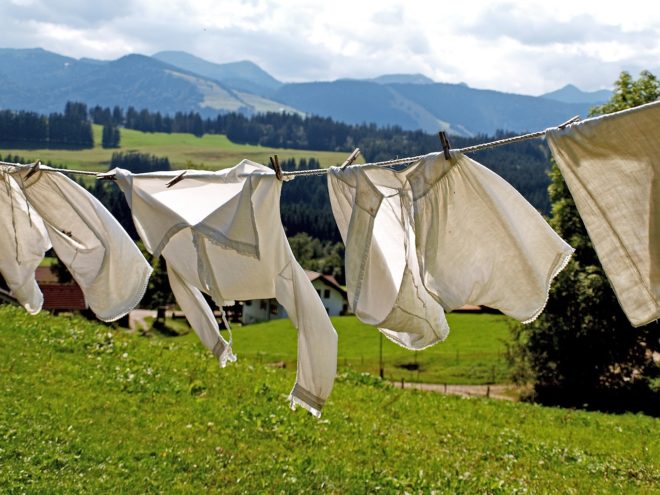

Due to the fact that the moth does not adhere well to the fabric, the usual shaking is quite effective, the clothes are knocked out over the bathtub or on the street, large things can be vacuumed.
Testimonials
Dear Readers, Was this article helpful? What do you think about the effectiveness of folk remedies against moths? Leave feedback in the comments! Your opinion is important to us!


Karina:
“I fought food moths in the kitchen by general cleaning. Previously, I did not come across this pest, I thought that the moth only eats a fur coat. Butterflies fluttered around the apartment until I noticed worms in the rump. Everything was kept in jars, sealed packages. Began to revise, and there is a shaft of this living creature. I immediately threw everything away, washed all the jars, wiped the cabinet with vinegar solution. I bought all the cereals again, but this nasty thing started from dried apples, which were given to us by our grandmother from the village. "
Anna:
“As a child, I often found chestnuts in closets with things. Mom explained - from moths, but as an adult, she learned how this folk remedy works. Then they could not explain to me. Now I collect chestnuts myself in autumn, shove them into cabinets where fur products are stored. "
Prevention of the appearance of moths
Any folk remedy has a pungent odor that drives away adults. These substances do not act on pupae and larvae, therefore they can only be used to prevent the appearance of insects.
Naphthalene


More recently, to the question of how to get rid of moths in an apartment once and for all, there was only one answer - to use mothballs. It came in pill form and was widely used. More recently, it has been proven that naphthalene vapors are dangerous not only for insects, but also for humans, they can lead to genetic disorders and cancer. In 2007, naphthalene was banned in Europe, but in our country it can still be purchased.
Fragrant herbs
There are many plants that are absolutely safe and have an attractive smell for humans, and at the same time are able to scare away moths. As a rule, they contain a large amount of essential oils.
Lavender is a proven insect repellent for a long time, it has a pleasant smell and a long duration of action - up to 2 months. To use lavender against clothes moth, it is placed in fabric or perforated paper bags, which are laid out on shelves and placed in clothing pockets.
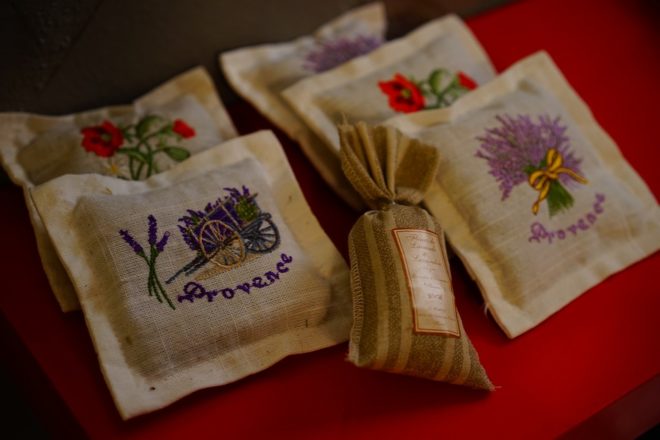

Bitter wormwood and tansy are more readily available than lavender, but the effect is no worse. Both dry bunches of these herbs and fresh plants can be placed in cabinets. When using fragrant herbs, you need to regularly check whether they have eroded, and replace them in a timely manner. This usually has to be done once a month.
You can use these plants in a concentrated form; ready-made essential oil is useful for this.In addition to lavender and wormwood oils, you can use rosemary, mint, clove and eucalyptus, as well as citrus and coniferous scents.


Use essential oils against moths as follows:
- cotton wool soaked in a fragrant composition is placed in a closet so that they do not touch clothing;
- a few drops are added to the water for cleaning;
- the cabinet inside and outside is sprayed with essential oil using a spray bottle. It is better not to get on the fabric, as there may be stains from the vegetable oils included in the composition.
Houseplants
Afraid of moths and some indoor flowers. Traditional geranium bushes serve not only to decorate the window, but also to protect against flying insects. To prevent the appearance of moths, a few pots of geranium, pelargonium or scented tobacco are enough.
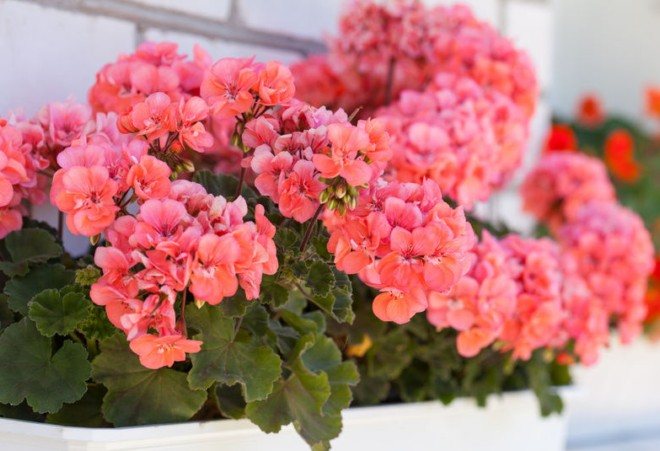

Plectrantus, a hanging plant with rounded toothed leaves, also has a strong spicy smell. It is also called indoor mint or molar tree. To scare away moths, crushed room mint leaves are laid out in the moths' habitats.
Other smells
An old remedy for moths is ordinary tobacco. Clothes from it acquire a specific smell, so it is inappropriate to use tobacco in everyday life. But when sending things for long-term storage, it is irreplaceable. Dry tobacco mixed with chamomile is sprinkled on carpets, blankets, winter shoes before packing. Before use, things are vacuumed and ventilated.
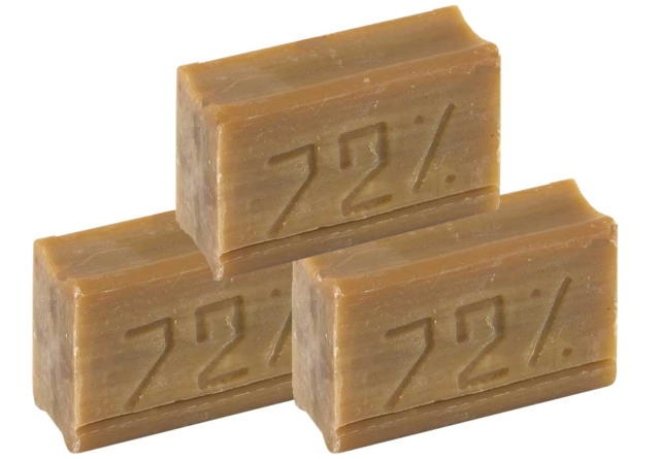

Scares away moths and laundry soap. They put it in the pockets of clothes, put it in shoes, rub it with soap on the backs of cabinets and the underside of carpets.
Horse chestnut
It is believed that chestnuts also help with moths. This is not entirely true. Moreover, the most common horse chestnut itself suffers greatly from the chestnut mining moth, its larvae literally destroy the leaves even before the onset of autumn. Leaves and fruits of horse chestnut and red horse chestnut are poisonous for insects.
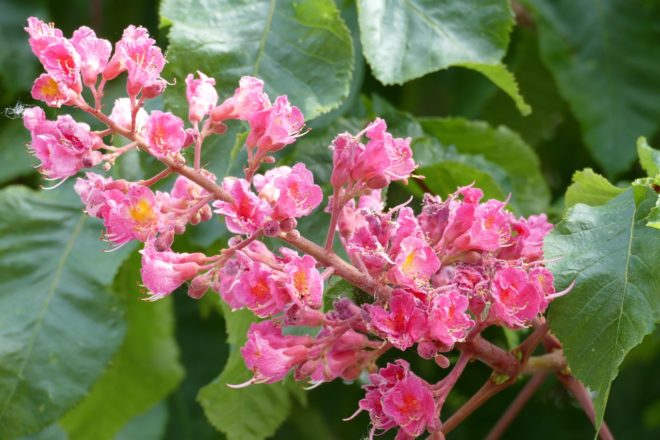

Both species are rarely found in cities; it is almost impossible to find them in the wild thickets. These plants can be distinguished by their bright pink inflorescences. If it is possible to collect the fruits of these trees, they need to be dried and crushed to spread in insect habitats.
Protection against moths in the kitchen
In the kitchen, the use of strong odors is limited. Groceries easily absorb all odors, so it is better to use substances that cannot spoil the taste of dishes:
- bay leaves, cloves of garlic are placed in jars with cereals;
- fresh orange and lemon peels are laid out on the shelves of the cabinets, placed in the bread bin;
- vinegar is added to the water when cleaning; 100 grams of it is enough for a bucket of water.


What to put in the closet with things?
To prevent moths from building up in closets, you need to make it unattractive.
- Wash, iron things. The smell of powder, conditioner will serve as additional protection.
- Put dry chestnuts in the pockets of fur products, pack them in plastic bags, you can first sprinkle with perfume, eau de toilette.
- In the corners of the cabinet, on the shelves, they lay out or hang a folk remedy that repels parasites.
Additionally, periodically ventilate the cabinet, leave the doors open for several hours.
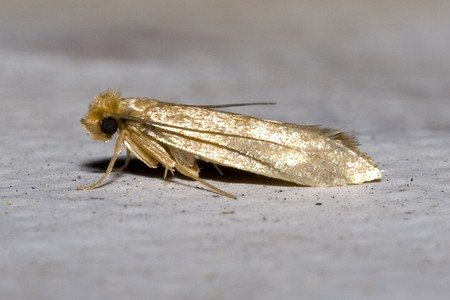

What to put in the wardrobe:
- Chestnuts;
- Orange peels;
- Toilet soap;
- Bouquet of lavender, rosemary, thyme;
- Cotton wool soaked in essential oils.
If there are several moths fluttering in the room, it is recommended to immediately look at all things for the presence of larvae.
Precautions
Fighting moths with folk remedies, despite the seeming safety, requires caution. The use of substances with a strong odor can lead to allergic reactions.Contact with the skin of some essential oils in their pure form can cause burns, therefore, before use, they are diluted in milk or vegetable oil.
The use of traditional methods of fighting moths is quite effective; with their complex use, you can both get rid of moths with folk remedies and prevent its appearance. Household insecticides should be used if you need to get rid of insects quickly or if their numbers are high.
Tobacco
An equally effective folk remedy for moths is tobacco. To save things and materials, it is necessary to place this vegetation in a flowerpot on the windowsill. It is allowed to use pre-dried leaves. For ease of use, bags are prepared from an air-permeable material, into which smoking tobacco is placed. The smoking mixture emits a frightening smell, with which you can protect the fur from the clothes moth.
Another effective folk remedy for moths is tobacco. Those who have this flowering plant on the windowsill do not know such problems. You can also use dry smoking tobacco leaves. It is enough to put bags of fabric with dry tobacco inside the furniture, and your clothes will not be damaged by the pest.

